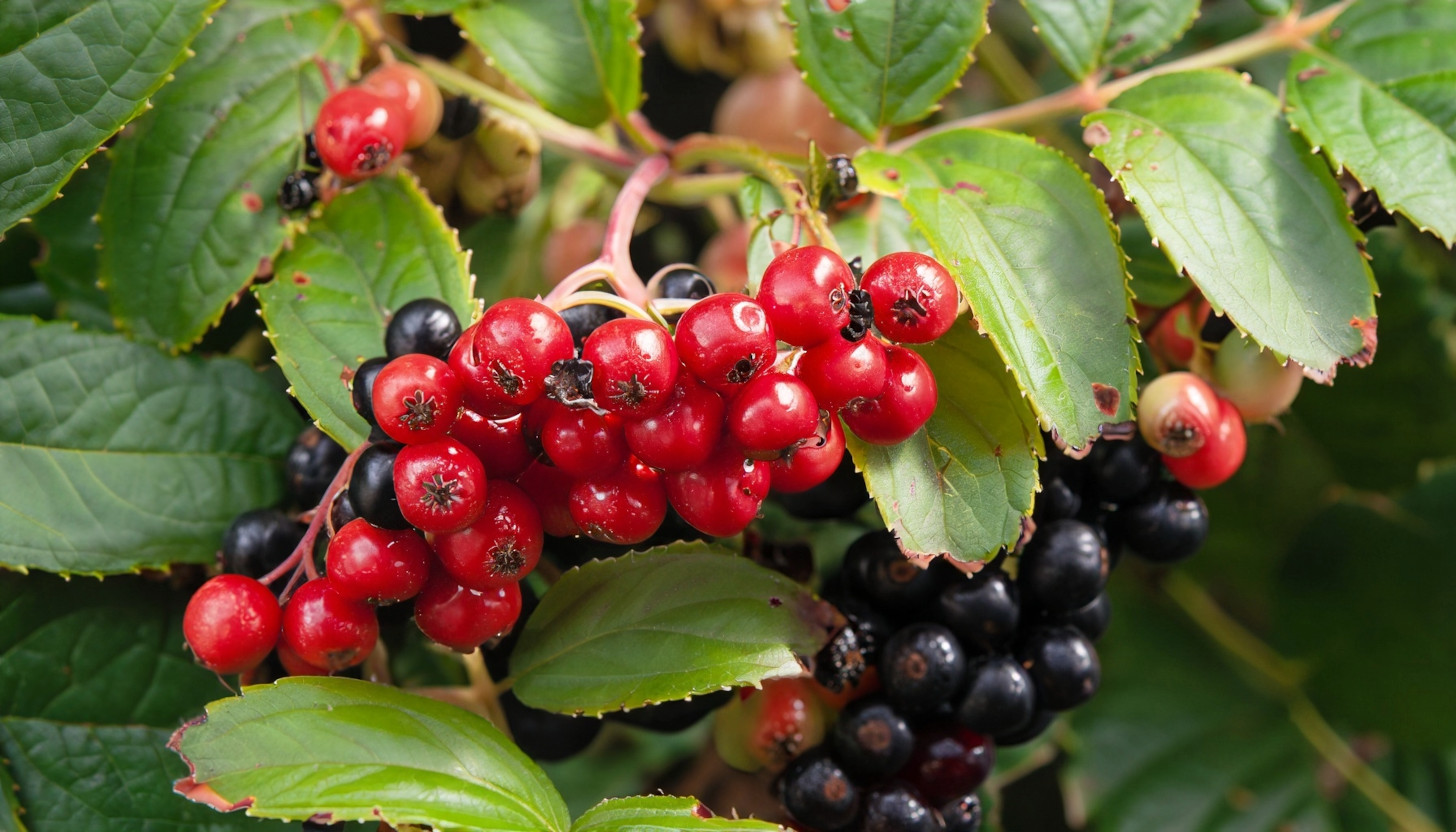Foraging for berries can be a fun and rewarding experience, but it’s important to know how to differentiate between edible and poisonous varieties. While some berries can be delicious and nutritious, others may be toxic and potentially deadly.
In this guide, we will provide you with essential information on identifying and avoiding poisonous berries. We will explore the dangers of consuming toxic berries, provide insight into common poisonous plants, and offer tips and tricks for safe berry foraging.
Key Takeaways
- Foraging for berries can be dangerous if you’re not properly prepared.
- Identifying poisonous berries can be challenging but is essential for your safety.
- Knowing how to spot and avoid toxic berries can allow you to enjoy foraging safely.
Understanding the Dangers
When foraging for berries, it’s crucial to be able to distinguish between harmless fruits and those that could potentially be deadly. Poisonous berries can cause a wide range of harmful effects if consumed, from mild stomach upset to seizures and even death.
The toxins found in poisonous berries can vary widely depending on the type of plant. Some berries contain alkaloids, glycosides, or oxalic acid, while others may harbor more complex poisons like cyanide. Regardless of the type of toxin, consuming enough of a poisonous berry can lead to a condition known as fruit poisoning.
Disclosure: When you buy through links on our site, we may earn an affiliate commission.
Fruit poisoning can cause a variety of symptoms, including nausea, vomiting, diarrhea, abdominal pain, fever, and headache. In severe cases, it can lead to seizures, respiratory failure, or even coma. It’s important to note that some people may be more susceptible to the toxic effects of certain berries, including children, the elderly, and those with weakened immune systems.
It’s crucial to be able to identify poisonous berries to avoid accidentally consuming them. In the next section, we’ll go over some of the common types of plants that bear poisonous berries, and how to recognize them.
Poisonous Berries and Their Effects
- Poisonous berries can cause a range of harmful effects, from mild stomach upset to seizures and death.
- The toxins found in poisonous berries can vary widely depending on the plant species.
- Fruit poisoning can lead to symptoms like nausea, vomiting, abdominal pain, and even more severe conditions like respiratory failure.
- Some people may be more susceptible to the toxic effects of certain berries, including children, the elderly, and those with weakened immune systems.
“The toxins found in poisonous berries can be dangerous or even deadly if consumed, and it’s crucial to be able to identify these berries to stay safe.”
Common Poisonous Berry Plants
When foraging for berries, it is crucial to be able to identify specific plant species that bear poisonous berries. Here is a guide to some of the most common poisonous berry plants you may encounter:
| Plant Name | Berries | Toxin | Visual Characteristics |
|---|---|---|---|
| Atropa Belladonna (Nightshade) | Black or dark purple berries | Atropine | Glossy leaves, bell-shaped flowers, small berries |
| Datura Stramonium (Jimsonweed) | Spiky seed pods with small, black seeds | Atropine, scopolamine | Lobed leaves, trumpet-shaped flowers |
| Juniperus Sabina (Savin) | Dark purple berries | Thujone | Needle-like leaves, low-growing shrub |
Remember, this list is not exhaustive, and there are other poisonous berry plants to watch out for. If you are unsure about a plant’s safety, it is best to err on the side of caution and avoid consuming its berries.
Atropa Belladonna (Nightshade)
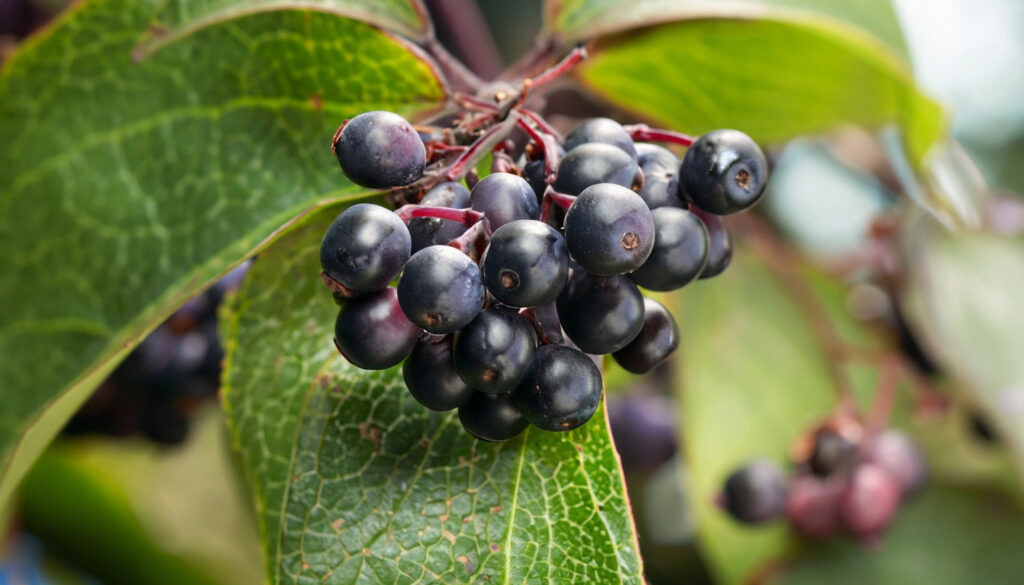
Datura Stramonium (Jimsonweed)
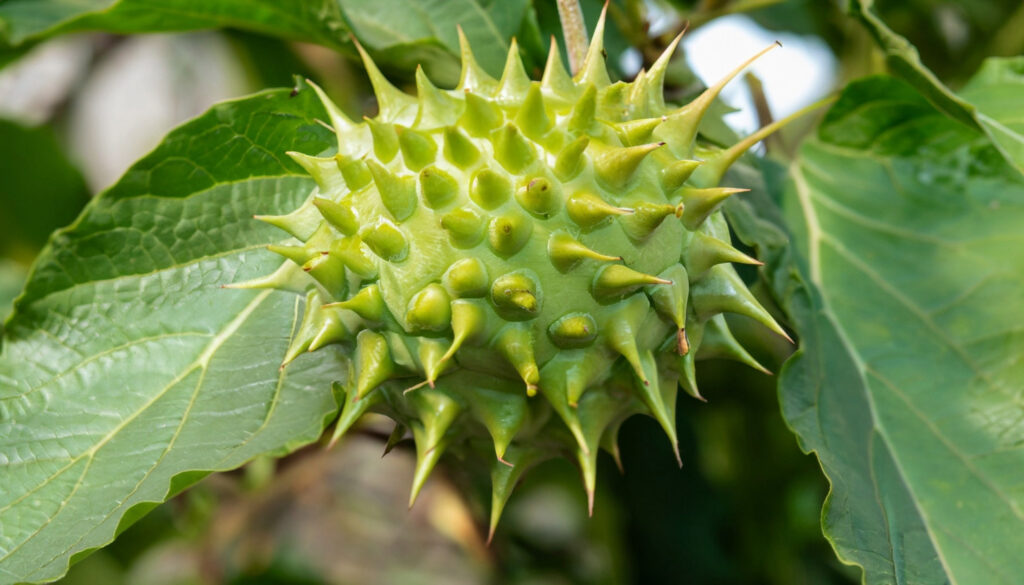
Juniperus Sabina (Savin)
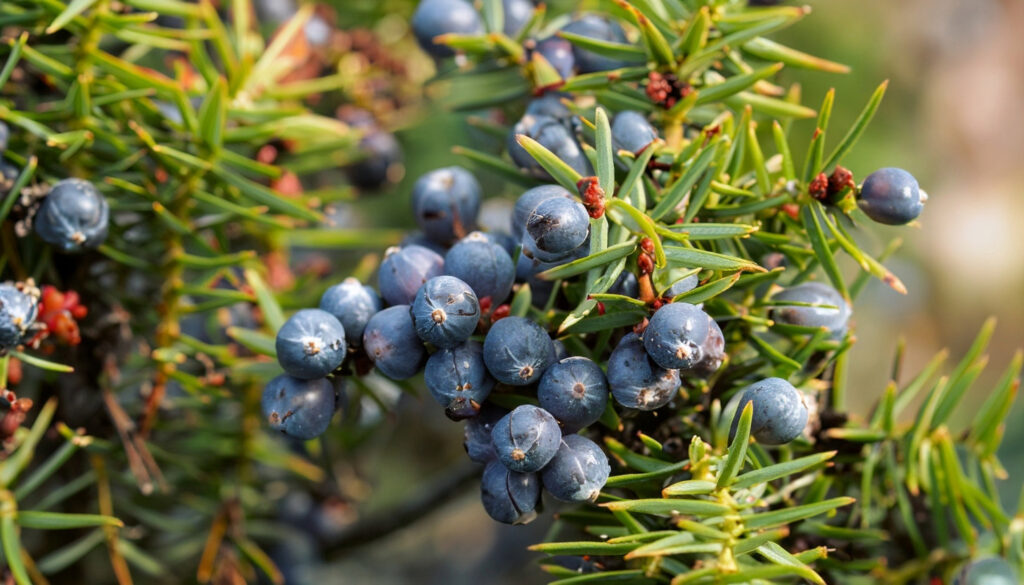
Edible vs. Poisonous
When foraging for berries, it’s essential to be able to differentiate between edible and poisonous plants. Various identifying factors can help you tell the difference.
The first thing to consider is the color of the berry. While some poisonous berries can be brightly colored, many are dull and earthy, unlike their edible counterparts. Blueberries, for example, are a common and safe berry to forage for, with a rich blue or purple color when ripe. In contrast, the berries of the poison ivy plant are white and are best avoided.
The texture of the berry is another critical factor. Edible berries are generally juicy, with a soft and fleshy texture, while many poisonous berries can be dry and mealy.
It’s also vital to consider the growing pattern of the plant. Edible berry-producing plants typically grow in a uniform pattern, while poisonous plants may have an irregular or haphazard growth pattern.
Another key difference to note is the taste of the berry. While this may not always be possible without consuming the berry, edible berries typically have a sweet or tart taste, while poisonous berries can be deeply bitter or sour.
Finally, it’s worth noting that some safe and commonly foraged fruits, such as cherries and elderberries, have poisonous parts, such as the stem or seeds. It’s essential to research the specific plant you are foraging for and to be aware of any potential dangers.
| Cherries | Cherry pits, stems, and leaves contain cyanide, which is poisonous and can be lethal if consumed in high enough quantities. |
| Elderberries | Elderberries contain a chemical that produces cyanide. The berries must be cooked before being consumed. The seeds, stems, leaves and roots are considered toxic. |
Cherries
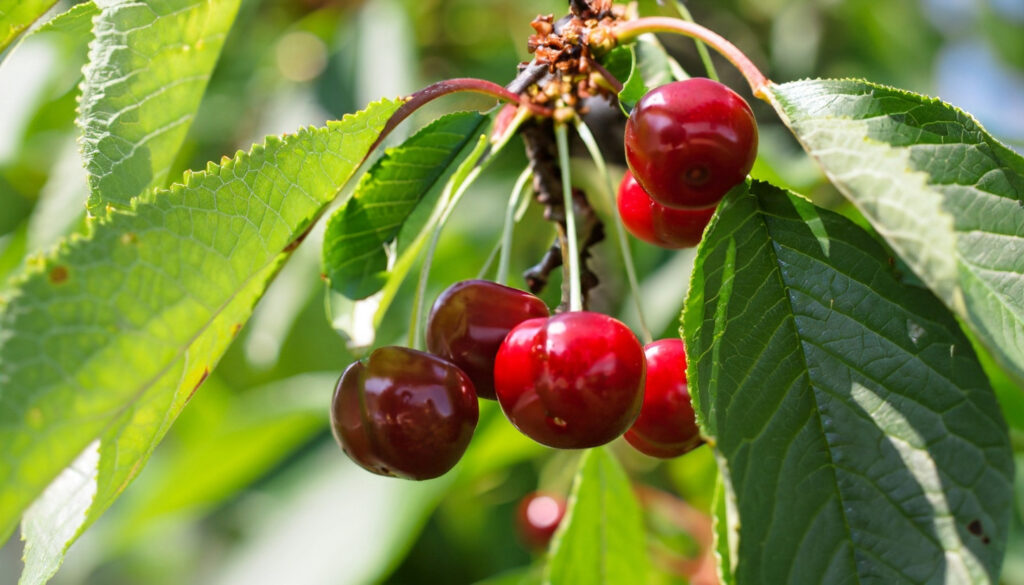
Elderberries
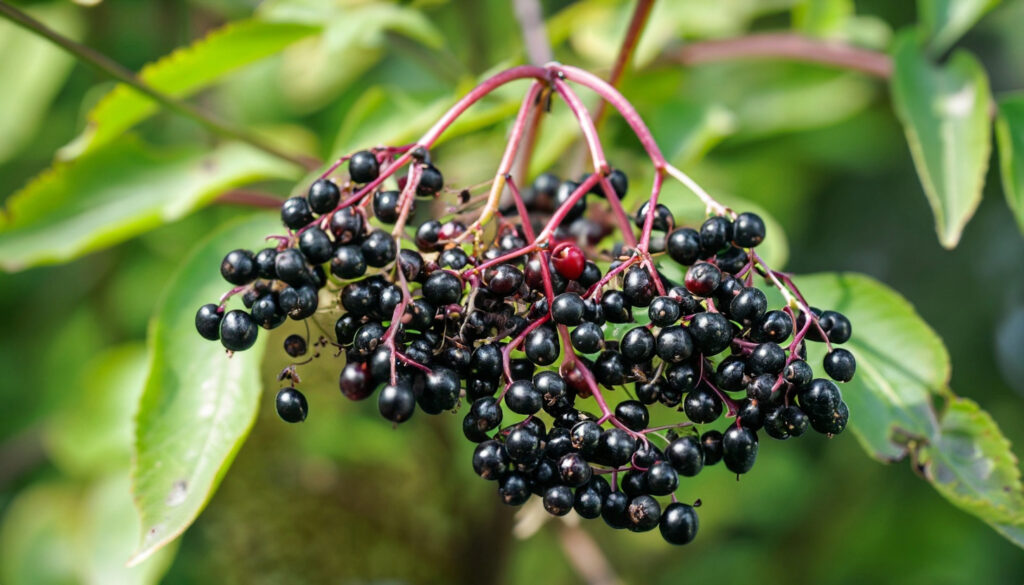
In summary, when foraging for berries, pay attention to the color, texture, growth pattern, taste, and other identifying factors to ensure the safety of the berries you are consuming. Always research the specific plant you are foraging for and be mindful of any potential dangers.
Learning to Spot Poisonous Berries
Identifying poisonous berries can be a daunting task, especially for beginners. Here are some tips and tricks to help you spot potentially harmful berries while foraging:
Examine the Plant
Pay close attention to the plant’s characteristics as a whole. The presence of thorns or spines may be an indicator of toxic berries. Take note of the plant’s color, texture, and size, as well as the shape and arrangement of leaves.
Common Poisonous Berries
Some of the most common poisonous berries include the deadly nightshade, holly, and bittersweet. Familiarize yourself with these and other toxic berry plants in order to avoid them while foraging.
Physical Characteristics
Color and texture can provide valuable clues. Poisonous berries may be brightly colored and have a shiny or waxy appearance. They may also have a bitter taste or a foul odor.
Consult a Guide or Expert
If you are unsure about a particular berry’s safety, it’s always best to err on the side of caution. Consult a guidebook or seek the advice of a local botanical expert or poison control center.
By following these tips, you can minimize the risks associated with foraging for berries and confidently identify safe options to enjoy.
Toxic Berries that Look Safe
While some poisonous berries may have distinguishable features, others can be easily mistaken for safe fruits. This makes it crucial to be aware of toxic berry to avoid any potential harm. Here are a few deceptive fruits to keep an eye out for:
| Berry | Toxicity |
|---|---|
| Black Nightshade | Highly toxic, can cause digestive issues, hallucinations, and even death in extreme cases. |
| Bittersweet Nightshade | Poisonous, can cause symptoms such as nausea, vomiting, and seizures. |
| Holly Berries | Can cause vomiting, nausea, dehydration and drowsiness. |
Remember to take a closer look at any berry you’re unsure of before consuming it. Toxic berries can differ widely in appearance, so it’s essential to be familiar with the distinct features of each type. Be especially cautious when foraging with children, and make sure they are aware of the dangers of eating unknown berries or fruits.
Stay safe when foraging and always double-check before eating any plant or berry. Keep in mind that some toxic fruits can be lethal, so it’s better to err on the side of caution. When in doubt, seek expert advice or consult a local resource to ensure the safety of your harvest.
Black Nightshade
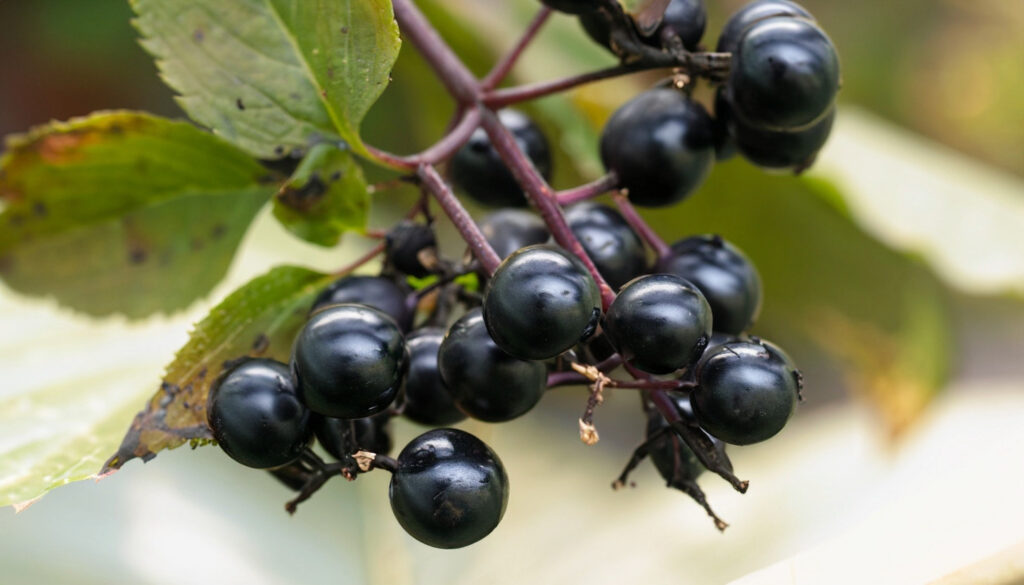
Bittersweet Nightshade
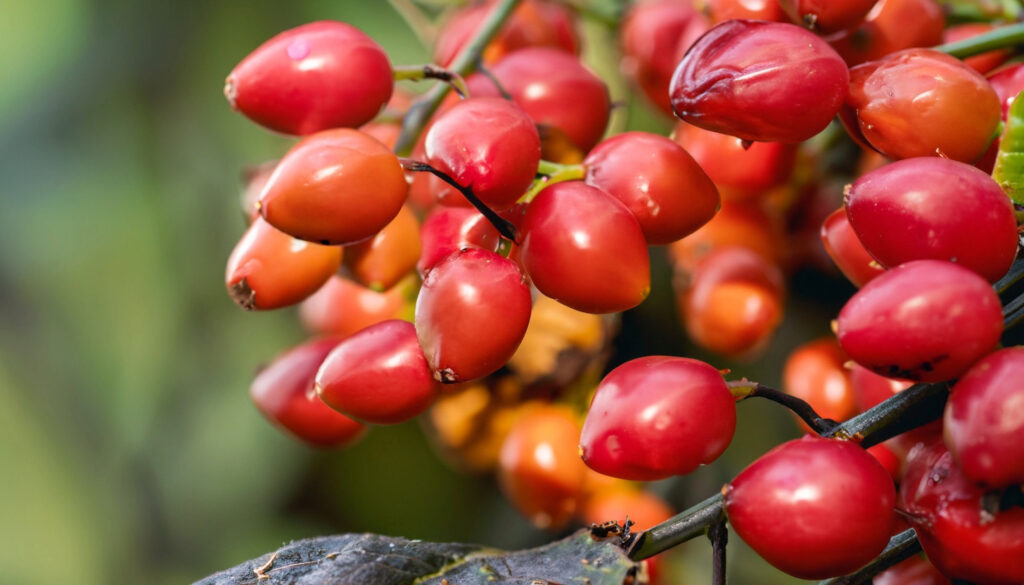
Holly Berries
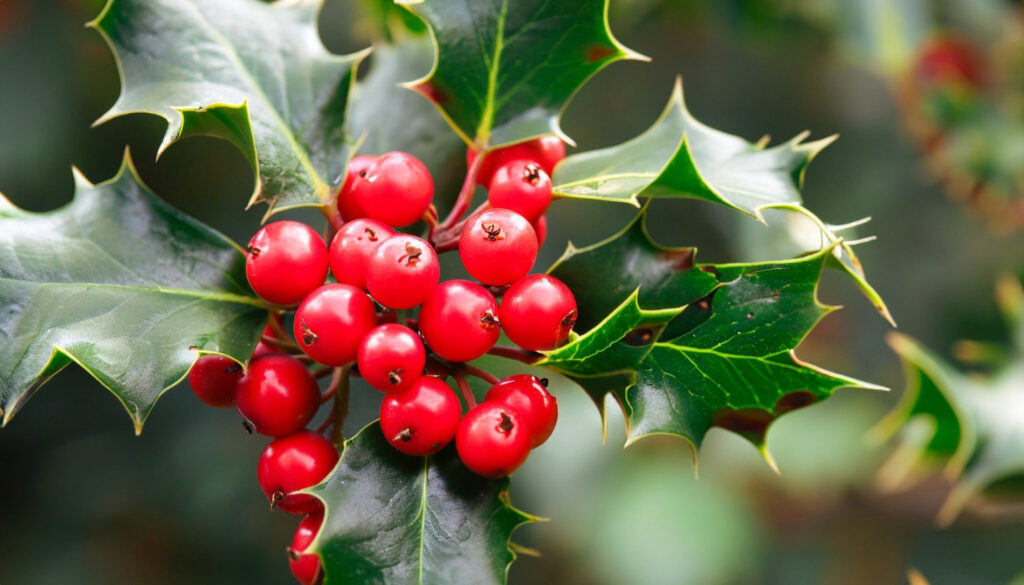
Safe Foraging Practices
Foraging for wild berries can be an exciting adventure, but it’s important to remember that some plants can be dangerous. Poisonous fruit and plants can cause a range of symptoms, including nausea, vomiting, and even death. To minimize the risks associated with foraging, follow these safe practices:
- Always properly identify plants: Before consuming any berries, make sure you positively identify the plant species and know whether it’s safe to eat. Take time to study plant characteristics, such as the shape and color of leaves and fruit, and use field guides and other resources to help with identification.
- Wear protective gear: Gloves and long sleeves can protect your skin from contact with toxic plants, while sturdy boots can help avoid injuries from thorns or prickly undergrowth when foraging.
- Wash and handle berries properly: Rinse all berries thoroughly with clean water before eating or cooking, and take care to remove any debris or insects. Store berries in a clean container and keep them cool until consumed.
- Be mindful of your surroundings: Avoid foraging in areas with heavy pollution or chemical use, such as near roads or industrial sites. Also, be aware of wildlife and insects that could pose a risk when foraging, such as bears or venomous snakes.
To further minimize the risks, it’s important to never consume any berries or plants that you are unsure about. If you suspect that you’ve ingested poisonous fruit or plants, seek immediate medical attention. Remember, it’s always better to err on the side of caution when it comes to your health.
When in Doubt: Seeking Expert Advice.
While this guide is designed to help you identify and avoid poisonous berries, there may still be some uncertainty when foraging in the wild. If you are unsure about the safety of a particular berry, it is always best to seek expert advice.
Local resources such as poison control centers or botanical experts can help you determine whether a berry is harmful or not. It is important to note that consuming poisonous berries can be extremely dangerous, and in some cases, even deadly. Therefore, if you suspect that you or someone else has ingested a toxic berry, seek medical attention immediately.
Remember, it is better to err on the side of caution when it comes to foraging for berries. Always take the necessary steps and precautions to ensure that you are consuming safe, edible fruits. If you come across any unfamiliar berries or plants, take the time to properly identify them before consuming them.
By using this guide and seeking expert advice when necessary, you can enjoy the benefits of foraging for wild berries without putting yourself or others at risk of harm. Stay safe and happy foraging!
Conclusion
By now, you understand the potential dangers of consuming deadly berries and the importance of proper identification. Remember, it’s always better to err on the side of caution when in doubt.
We hope this article has provided you with the knowledge and tools to confidently identify and safely enjoy edible berries. However, it’s essential to note that even seasoned foragers can make mistakes and accidentally ingest poisonous berries. Therefore, it’s crucial to always follow safe foraging practices and seek expert advice when unsure.
Stay Safe and Happy Foraging!
FAQ
Q: What are some common signs that a berry is poisonous?
A: Some common signs that a berry may be poisonous include bright or unusual colors, a bitter taste, or noticeable thorns or spines on the plant.
Q: How can I differentiate between edible and poisonous berries?
A: Look for visual cues such as size, color, and texture. Additionally, consult a reliable resource or expert to help identify the specific berry.
Q: Are all berries from poisonous plants harmful?
A: Not all berries from poisonous plants are necessarily harmful, but it is best to exercise caution and avoid consuming them unless you are certain they are safe to eat.
Q: What should I do if I suspect I have eaten a poisonous berry?
A: If you suspect you have consumed a poisonous berry, seek medical attention immediately and try to provide as much information as possible about the plant and berry.
Q: Can I rely on online resources to identify poisonous berries?
A: While online resources can be helpful, it is always recommended to consult multiple sources and verify information with experts to ensure accuracy.
Q: Are there any safe techniques to handle poisonous berries?
A: It is generally best to avoid handling or consuming poisonous berries altogether. If you do need to handle them, wear gloves and wash your hands thoroughly afterwards.
Q: Are there any berries that are universally safe to eat?
A: It is important to remember that even seemingly safe berries may cause adverse reactions in some individuals. It is always recommended to exercise caution and be aware of any potential allergies or sensitivities.
Q: Can cooking or processing poisonous berries make them safe to eat?
A: Cooking or processing may reduce the toxicity of some berries, but it cannot guarantee their safety. It is still best to avoid consuming berries from known toxic plants.
Q: Are children more susceptible to the effects of poisonous berries?
A: Children are generally more vulnerable to the effects of toxins, so it is especially important to keep them away from any potentially harmful berries and plants.
Q: How can I prevent accidental ingestion of poisonous berries?
A: To prevent accidental ingestion, educate yourself about local poisonous berries, supervise children closely when outdoors, and be cautious when foraging in unfamiliar areas.

